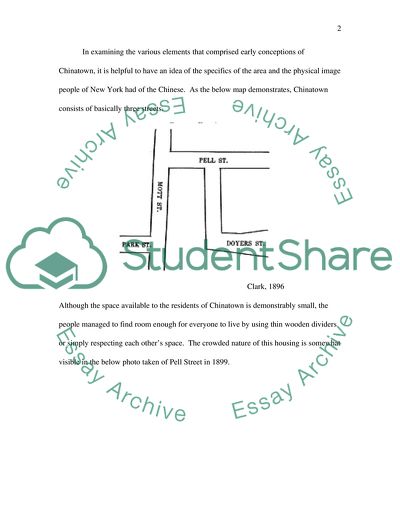Cite this document
(New York's Chinatown: A Reflection of the City Essay - 11, n.d.)
New York's Chinatown: A Reflection of the City Essay - 11. Retrieved from https://studentshare.org/history/1713124-essay
New York's Chinatown: A Reflection of the City Essay - 11. Retrieved from https://studentshare.org/history/1713124-essay
(New York'S Chinatown: A Reflection of the City Essay - 11)
New York'S Chinatown: A Reflection of the City Essay - 11. https://studentshare.org/history/1713124-essay.
New York'S Chinatown: A Reflection of the City Essay - 11. https://studentshare.org/history/1713124-essay.
“New York'S Chinatown: A Reflection of the City Essay - 11”, n.d. https://studentshare.org/history/1713124-essay.


